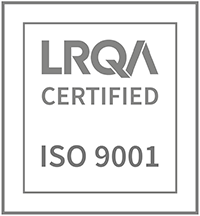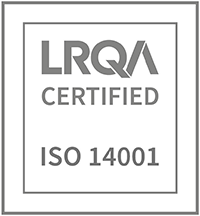A concept used within the building industry designed to increase occupants’ connectivity to the natural environment, biophilic design is rapidly becoming a major trend for 2022.
Using both direct and indirect nature, alongside space and place conditions, the notion centers around its ability to provide wellbeing benefits via the simple addition of nature – but what is it, and is it genuinely worth investing in? Our co-founder, Adrian Brewin, takes a look.
Biophilic-designed buildings will often incorporate elements such as natural lighting and ventilation, physical landscape features, and other organic elements with the intention of creating a more productive and healthier built environment for those who use it.
What’s more, by its very nature (pardon the pun), biophilic design often overlaps with some of the basic principles of architecture – as well as the more ‘formal’ requirements laid out by the likes of BREEAM or LEED certifications, which touch on some of these principles as well.
Yet, while biophilic architecture takes a genuinely considered approach towards reducing the impact on the surrounding environment, it’s a sentiment we’ve heard many times before. And, while the idea is good in principle, it does require a lot of maintenance – and buildings aren’t always the best places for plants to thrive.
So, how do you invest in biophilic design – without blowing the budget?
Ultimately, it’s all about a balance between design and common sense, which can sometimes risk being forgotten in pursuit of the perceived ‘greater good’.
Often, specifying only natural materials can be seen as the one ‘must-have’ criteria of many that are designing a project. But digging raw material out of the ground or intensive farming of natural products can be as detrimental as manufacturing another – so try to assess all options.
There are small, simple solutions you could adopt, such as including plants in office fit out projects – but remember you’ll need to allocate time and money towards and maintenance program after the work is complete.
Natural lighting from the outside is always better for wellbeing – and sustainability credentials too – and good ventilation is a healthy requirement, but more ventilation is ultimately more energy intensive, too.
Permeability is key, as breathable walls are healthier and porous ground avoids surface water flooding – particularly as more outdoor space is eaten up in cities that are becoming denser.
Biomorphic shapes border on aesthetics and are very subjective, while natural colours can be as varied as artificial colours these days. But, ultimately, it’s a question of cost, preference, type of material, and compliance.
By definition, construction is disruptive, so perhaps analysing the impact is better than missing something – but being aware enough to make the right decisions will all help towards creating a non-disruptive development.








